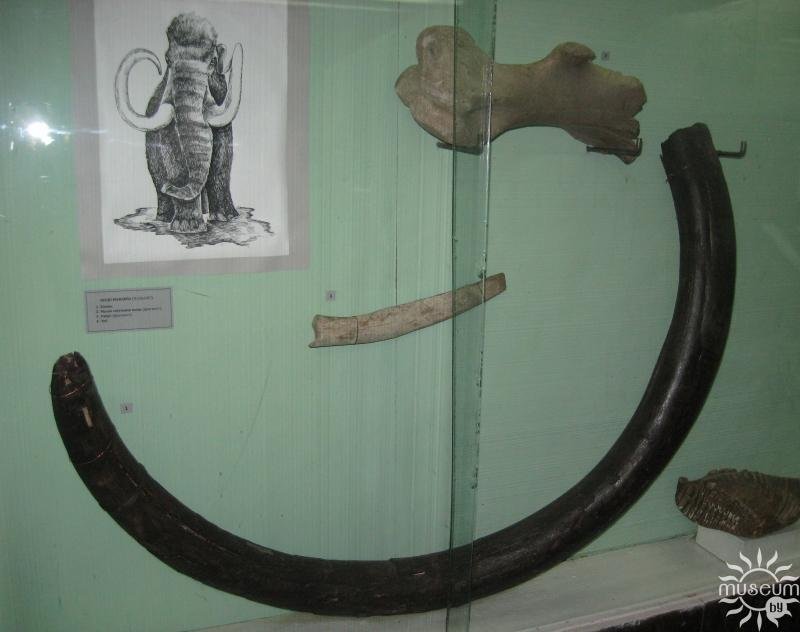Today Belarusian scientists know about 200 finds of the remains of a mammoth - the present king of the ice age who lived on the territory of modern Belarus since the times of the Paleolithic.
The height of the largest males reached 3.3 m, the weight was about 6 tons. According to biological features and way of life mammoths are close to modern elephants unlike which they had shorter legs, smaller ears and tail. On the back stood a noticeable hump. The entire surface of the body was covered with thick hair almost 1 m long, which at the bottom created a kind of “skirt” hanging almost to the ground. The pride of the mammoth were tusks which grew in the upper jaw and reached a length of almost 5 m and a weight of up to 100 kg. The prehistoric giants died out about 10 thousand years ago during the last Ice Age.
At the end of the 19th century in the Russian Empire mammoth tusks were the subject of import. The mammoth tusk was stronger than ivory, well processed with a chisel and distinguished by its unique mesh pattern and various shades: from milky white to blue-violet. Especially valuable in bone carvers was considered a natural darkening of the material. Expensive snuffboxes, chess pieces, figurines and women's jewelry were made of tusks.
The tusk and parts of the mammoth bones are represented in the exposition of the Museum of Local Lore. The exhibits are over ten thousand years old. Darkened by time and exposure to water a fragmented tusk was discovered in 1999 in the channel of the Zapadnaya Dvina at a depth of 7 m. Valentin Ivanovich Drobotov, a resident of Novopolotsk, transferred the find to the funds of the museum-reserve.

